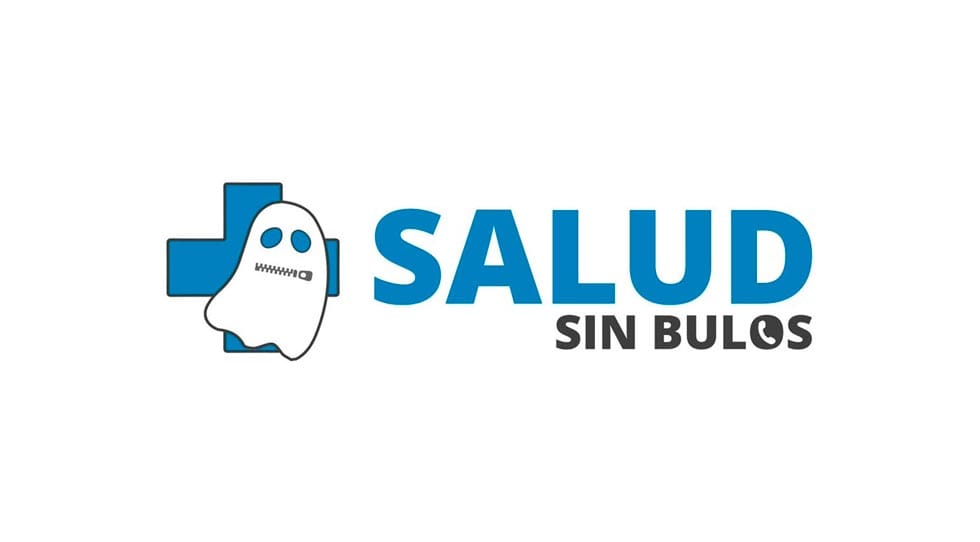Latin America is a region where countries are trying to promote circular economy as a way of environmental sustainability.
Colombia is one of those leading countries which has worked intensively in the promotion of this topic through various forms, and one of the most effective ways has shown to be the field of sports. Education and sports have gotten close together to offer a wide range of opportunities in teaching students how to integrate their daily activities into the circular economy and the transition towards this objective undoubtedly involves education, since it plays a fundamental role in changing future habits (Pérez Mora & Gértrudix Barrio, 2024).
It is a reality that many people in the range of young ages want to get involved in some kind of sport activity, and that is a great opportunity to expose them to different ways of starting a good mentality towards circular economy; the current and future challenges of sustainable development require a massive transformation of habits and behaviors throughout society (Silveira Pérez et al., 2022). Besides the different sport academic programs at universities and other kinds of educational institutions, Colombia has a great number of sports clubs where people of all ages and regions get into a variety of sport processes.
Environmental education helps people acquire a deep understanding on the impact that their actions have on the environment and, therefore, they are able to make more informed and responsible decisions in their daily lives (Pérez Mora & Gértrudix Barrio, 2024), that is why that the integration of a variety of strategies and methods in the educational and sport processes are fundamental in the promotion of a new generation of people really compromise with spreading a circular economy mentality.
Sports have promoted an improvement in the way Colombian society search for better conditions of living of its people, as Ruiz et al. (2010) argued it can be a strategy for promoting health and improving the quality of life of society. Teaching young people thought different sport activities how to use and reuse material, helping them how to be conscious about the use of all kinds of materials will be an advantage in the implementation of circular economy, and this will help spread the idea all around the country.
As a conclusion, it can be said that Latin America and Colombia being one of its countries, has a great opportunity to walk towards the education throughout a wide variety of sports activities to teach new generations how to implement the circular economy and how to pass that mentality to the coming generations. All these giving an excellent result of helping the world improving its environmental resources and helping reduce the use of non-reusable materials. Sports can be seeing as a sustainable source of circular economic.
Referencias
Pérez Mora, A. and Gértrudix Barrio, F. (2024). Metodología living lab y su relación con la economía circular en la escuela. Intervención educativa en educación primaria. ISBN: 978-84-1177-038-5
Ruiz, A., Argiro Muñoz, E., & Mesa, R. J. (2010). Medición económica del deporte en Colombia: una propuesta metodológica de cuenta satélite. Lecturas de Economía, (72), 141-167.
Silveira Pérez, Y., Sanabria Navarro, J. R., Guillén Pereira, L., Mediavilla Ruiz, H. R., Mediavilla Ruiz, C. P., & Armas Castañeda, N. P. (2022). Economía circular: un reto para las instituciones deportivas latinoamericanas (Circular economy: a challenge for latin american sports institutions). Retos, 44, 309–318. https://doi.org/10.47197/retos.v44i0.90901










